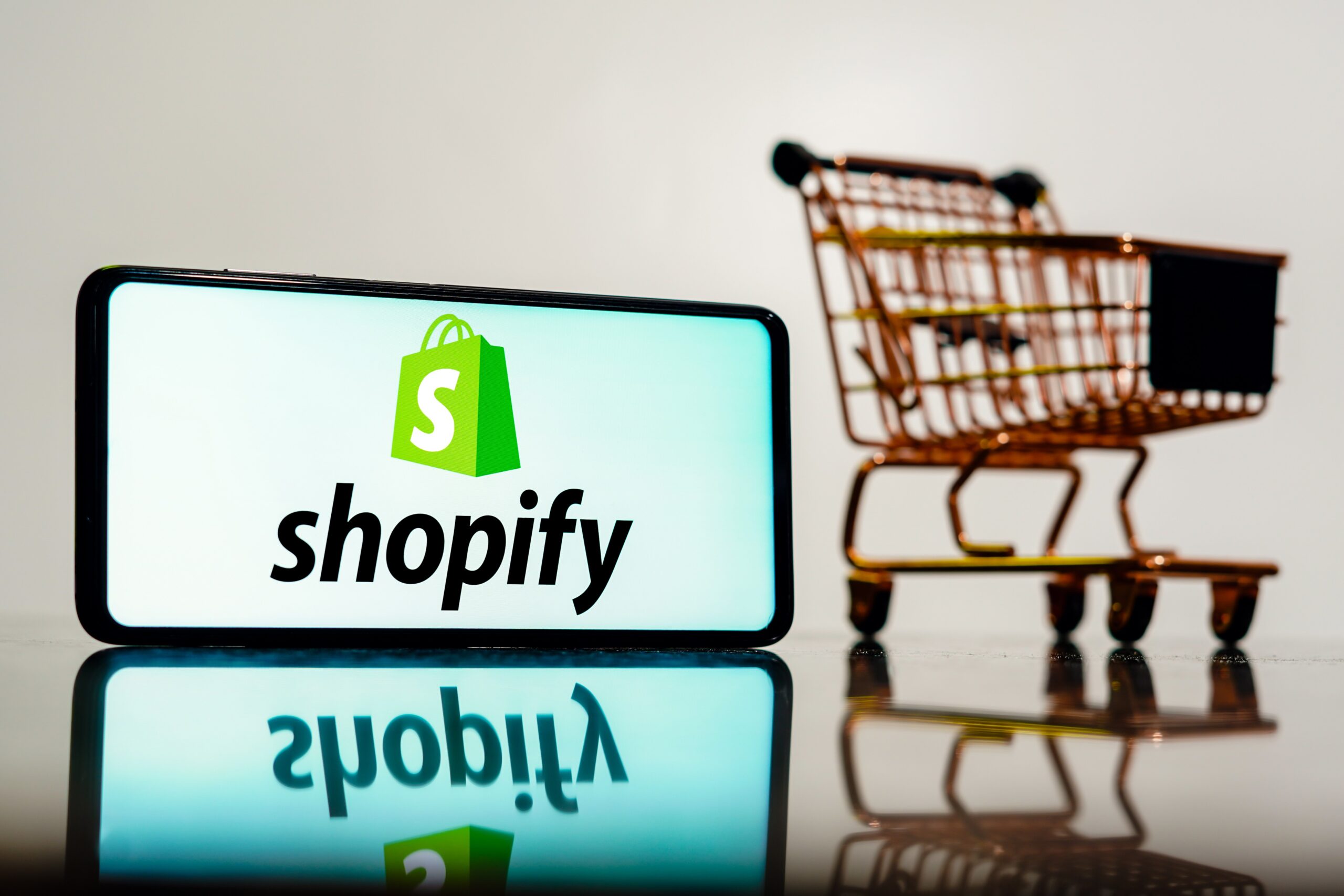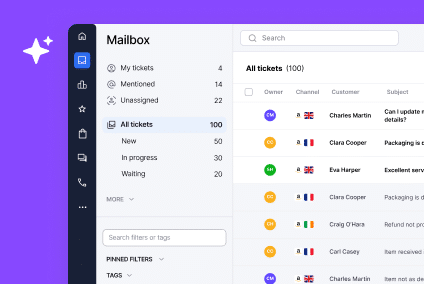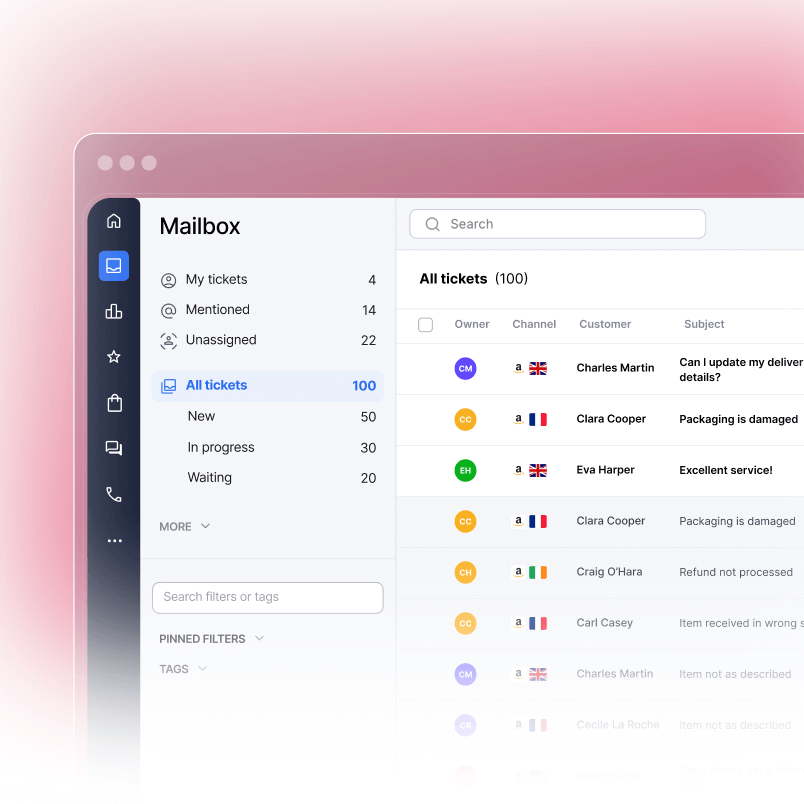Can Shopify automation really move the needle on abandoned carts? Yes, when you combine Shopify real-time support with a few targeted Shopify automation workflows, you remove checkout friction, recover hesitant buyers, and make support feel personal without piling work on your team.
In this guide, we’ll show practical ways to set up Shopify cart abandonment support that pays off quickly.
Why do shoppers abandon their carts in the first place?
Most abandonments come down to surprise fees, unclear delivery, clunky forms, or last-minute second thoughts. You can fix a lot of that with clarity and timely help.
Start here:
- Show total cost and delivery windows early.
- Keep forms short and mobile-friendly.
- Put your returns policy where buyers actually look.
- Offer a way to ask a quick question without leaving the page.
That is where Shopify cart abandonment support shines. With eDesk Shopify integrations, agents see carts, orders, and past chats in one place, so the first answer is fast and relevant. Pair that with Shopify automation and you get consistent follow-through even when the team is busy.
A long and complicated checkout process causes 18% of abandonments.
How does Shopify real-time support stop leaks?
If people have to hunt for answers, they bounce. Real-time Shopify support puts help where hesitation happens. Let’s walk through three ways it can help you stop leaks.
Be more present on pages that matter
Add a light prompt on high-intent product and cart pages. Offer sizing tips, delivery clarity, or compatibility checks. Keep the invite short and optional. When a shopper engages, give your agent the cart and order context right inside the inbox.
Businesses that respond to a customer’s chat within five minutes are 69% more likely to get a sale.
Effortlessly personalize the very first reply
A centralized inbox means your team can answer with the right delivery window and the actual return rule for that buyer. It feels personal because it is. This is Shopify real-time support doing quiet heavy lifting.
Seventy percent of Shopify Inbox conversations involve a customer making a purchasing decision.
Make paying the easiest step of all
If you haven’t enabled an accelerated checkout yet, start there. One-tap options reduce form friction and keep buyers in flow.
Shop Pay lifts conversion by up to 50% versus guest checkout and outpaces other accelerated options by at least 10%.
How Shopify automation brings buyers back
Real-time help closes the gap before people leave. Shopify automation brings them back if they do. Here are three ways it helps keep shoppers on track with their purchase.
Smart triggers that catch intent
It uses signals like long dwell on shipping, repeated payment errors, discount-code hunting, or carts within 10% of your free-shipping threshold. This means you can nudge shoppers with a short, useful message that offers the next step. It’s a clean way to reduce cart abandonment Shopify teams can maintain without extra headcount.
Recovery messages that feel human
You can tailor follow-ups to the items in the cart, stock status, and margin bands. If an item is low stock, tell the truth. If a bundle saves money, say so. This is where AI cart recovery Shopify shines: it drafts specific recovery messages and leaves approval to your team.
Merchants who activate Shop Pay Installments see up to 28% higher conversion.
Flexible payments for higher-ticket baskets
If price is the hesitation, you can show installments clearly and early. It turns “maybe later” into “today” for bigger orders, and it supports Shopify AI conversion boost when paired with the right prompt.
Shop Pay’s presence alone can increase lower-funnel conversions by 5%.
Five playbooks you can launch this week
Use these five powerful Shopify cart recovery workflows as building blocks. Start with one or two, then measure, then add more.
1) “Where’s my order” pre-empt
Trigger: Chat opens on product or cart page and mentions delivery.
Action: Reply with the likely delivery window to their address, plus cutoff time for dispatch.
Why it works: It answers the top pre-checkout question before it becomes a ticket and supports your “reduce cart abandonment” Shopify goals.
2) Shipping threshold nudge
Trigger: Cart within 10% of free-shipping threshold.
Action: Suggest a relevant add-on like a care kit or refills.
Why it works: You lift average order value (AOV) and reduce post-purchase regret with items that make the product better.
3) Payment friction assist
Trigger: Payment field errors or repeat retries.
Action: Offer another payment method or installments with a short, friendly explainer.
Why it works: You give a face-saving path to completion and support AI cart recovery Shopify follow-ups if they still leave.
4) Real-time sizing help
Trigger: Long dwell on sizing or returns.
Action: Start a chat that offers a quick fit recommendation based on similar orders.
Why it works: It cuts returns risk and supports a Shopify AI conversion boost when shoppers are on the fence.
5) Gentle cart-recovery follow-up
Trigger: Cart abandoned for 1–2 hours with high-intent signals like repeat visits or VIP status.
Action: Send a message that references the exact items and answers the likely objection.
Why it works: Specific beats generic every time, and it fits neatly into Shopify cart recovery workflows you can refine over time.
If you’re comparing tooling, these tools help Shopify sellers with customer support, so you can pick features that match your workflow.
Sennheiser reduced response times by 61% while handling 24% more conversations after they added eDesk to their stack.
How can I measure impact without extra admin?
You don’t need complex dashboards to see what is working. Keep a simple weekly view with these metrics:
- Track saved carts to see how many orders you recovered and the revenue they represent.
- Watch first response time, because it’s your best early signal for real-time customer support.
- Compare checkout completion rate before and after accelerated checkout goes live.
- Check AOV on assisted orders to measure the impact of sizing help or shipping nudges.
- Log the three most common hesitations that come before a bounce and turn them into quick replies.
While you tune, make sure the team can act fast:
- Create quick replies that pull tracking links, order numbers, and region-specific policies right into the message.
- Route VIPs to your fastest queue.
- Keep a one-click way to loop in warehouse or finance inside the ticket.
Wetsuit Outlet cut response times by 38% after centralizing with eDesk.
Let’s recap and plan your next moves
The two most important things to remember:
- Cart abandonment drops when you meet hesitation with Shopify real-time support and follow up with Shopify automation.
- Put help where questions appear, make paying simple, and keep recovery messages specific.
That mix delivers a steady Shopify AI conversion boost without adding work. And with eDesk Shopify integration, your agents get the context they need to move faster and keep the tone human.
Do these for quick wins:
- Connect your helpdesk using eDesk’s Shopify integration so orders, carts, and messages live in one place.
- Add a prompt on your highest-traffic product page and aim for a five-minute first reply to support Shopify real-time support.
- Enable accelerated checkout and sanity-check it on your top devices and browsers.
- Launch two Shopify automation flows: shipping threshold nudge and one-hour recovery follow-up for AI cart recovery in Shopify.
- Track saved carts, first response time, and assisted conversion for two weeks, then add one higher-leverage play to help reduce cart abandonment Shopify at scale.
If you want a quick plan to get your first prompts and flows live, demo eDesk for Shopify for free, and we’ll show you how we tailor Shopify automation and Shopify real-time support to your store.
FAQs
How does Shopify automation recover abandoned carts?
It watches for signals like long dwell on shipping, payment errors, exit intent, or carts that sit just below free shipping, then sends a helpful, specific follow-up. The message references the exact items and the likely objection, and offers a simple next step such as a faster delivery option or installments for higher-ticket baskets. Frequency is capped, messages stop once the shopper converts, and sensitive actions can still require agent approval. You measure impact with saved carts, checkout completion, and AOV, then tune the flow.
What role does real-time support play?
It prevents abandonment before recovery is needed by answering questions at the moment they appear on product and cart pages. A quick first reply keeps momentum, and context from a centralized inbox lets agents give the right delivery window or sizing advice on the first try. Prompts stay light and mobile-friendly so they help rather than distract. Insights from these chats feed your quick replies and automation rules, which makes the next interaction even smoother.
Where should I use automation first?
Start with behaviors you can spot easily: long dwell on shipping, discount-code hunting, payment errors, or carts near free shipping. These are great signals for AI cart recovery Shopify and simple Shopify cart recovery workflows. Begin with two flows, measure saved carts for a week, then add one more trigger once you see a lift.
Will this add more tickets for the team?
Not if you centralize. A single inbox plus smart routing and quick replies keeps handle time down. Shopify automation does the repetitive work so agents focus on decisions. You’ll also deflect repeats when replies include tracking, order numbers, and policy snippets automatically.
Can I personalize recovery without sounding robotic?
Absolutely. Reference the exact items and the likely objection, keep tone friendly, and avoid pressure. Drafts can be automated, then your agents can give them the once-over before sending. A simple tone guide and an easy opt-out line keep it human and respectful.
Does this work on mobile too?
If prompts are light and checkout is fast, absolutely. Keep forms short, payment options clear, and chat unobtrusive. Test on your top devices and screen sizes, and make sure widgets don’t cover add to cart or pay buttons.




